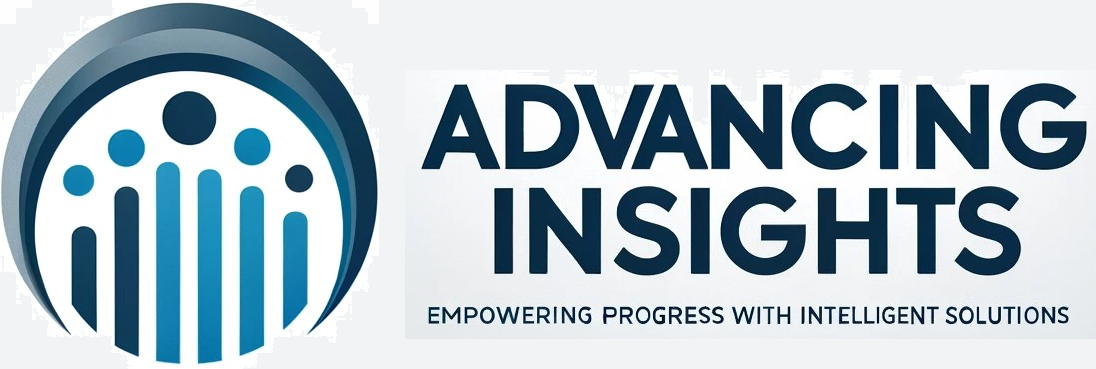Drupal Developer & Consultant - NYC & New Jersey
Hire Drupal Developer - Call: 862-596-0745
Let's waste some time!
The days of slow change are over. In fact, the market place is moving faster than most businesses can adapt. Globalization, deregulation, transparency, aging boomers, and new communications methods are forcing businesses to adapt or perish.
How can you achieve muliple objectives under these conditions?
- With the paradoxical nature of some ideas, how do you explain them?
- The lack of experimentation?
- Poor dialogue, no confidence, lack of accountability, ego trips, hubris, arrogance, pettiness, apthy, poor risk assessment, finger pointing, inertia, and thinking in terms of me-me-me?
- Fear, mistrust and intimidation? How do you achieve a sincere belief and trust in people?
- Too little time and attention overshadowed by too much information?
- Groupthink - Too narrow view of ideas, questions, answers, solutions, and concepts?
- What do you do about poorly utilized resources and not having the right mix of talent or competencies to get a job done?
- What do you do when the consequences of not knowing what's available, both internally and externally leads to bad implementations, wasted resources, and missed opportunities?
Try not to confuse a bull market with brains!
Psychological research indicates that individuals are not ideal learners; they think and act in ways that reduce their ability to learn effectively. Many studies have documented that people draw conclusions too quickly, using unreliable evidence or unexamined assumptions.
For example, individuals often gather a biased collection of evidence to explain success or failure because their search favors evidence that makes them feel good about themselves. Research shows that individuals typically conclude that their successes resulted from stable, internal factors (such as their abilities), but that failures resulted from unstable, environmental factors (often called "bad luck").
What else are you seeing that has this many holes because of biases?
How easy is it for humans to miss things? In a study by Daniel Simons and Christopher Chabris at Harvard University, they asked subjects to count the number of times basketball players with white shirts pitched a ball back and forth in a video. More than half the subjects were so engrossed in the task that they failed to notice a black gorilla that walked into the center of the scene and beat its chest. The subjects may have been doing a good job of counting the basketball passes, but a gorilla was right in front of them and they didn’t see it.
Internal and external web 2.0 applications have everything you need to brainstorm, sketch, and develop ideas across the organization that will move people to action. With dynamic workflows, the user has the ability to trigger events based on pre-defined actions. Basically, if an idea is presented as a solution to a problem, someone must review it and give authority to implement it within a certain period of time. Equally cool, since so many people in the company have eyes on the idea, self-serving biases are obvious, and thus, corrected.
Ask 'WHY' five times.
